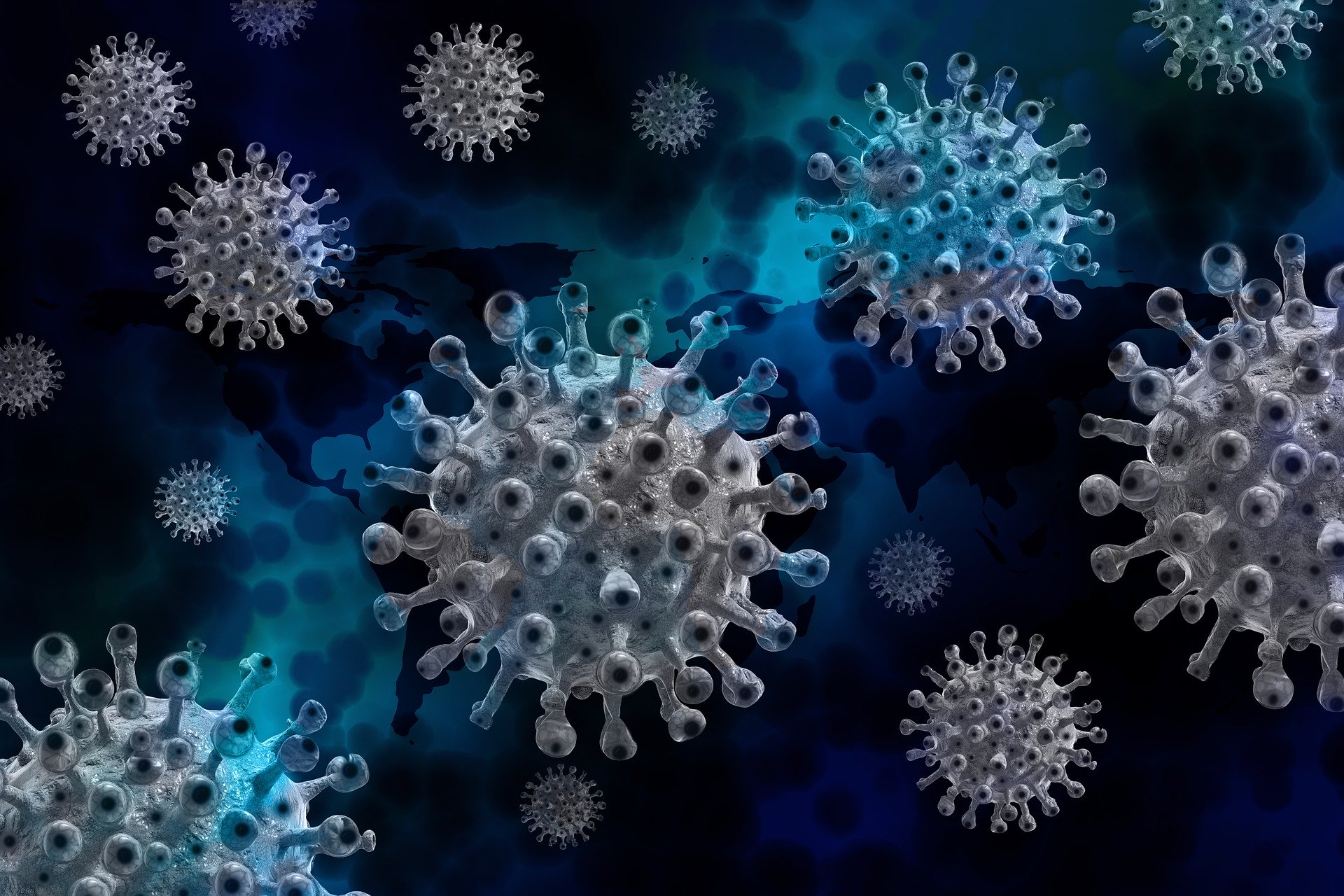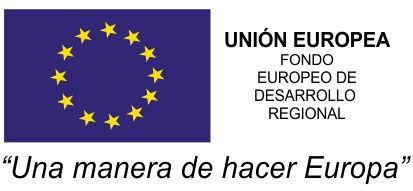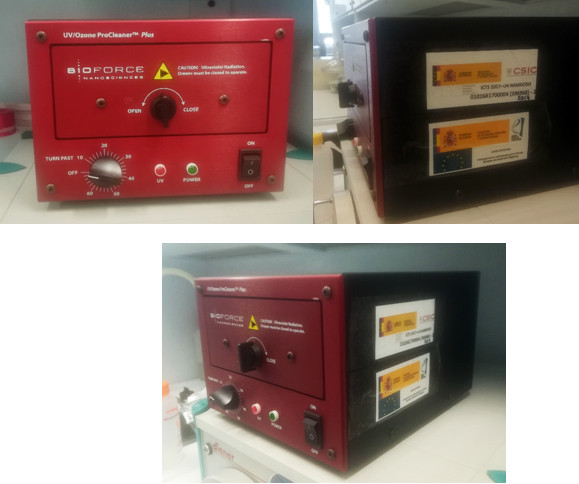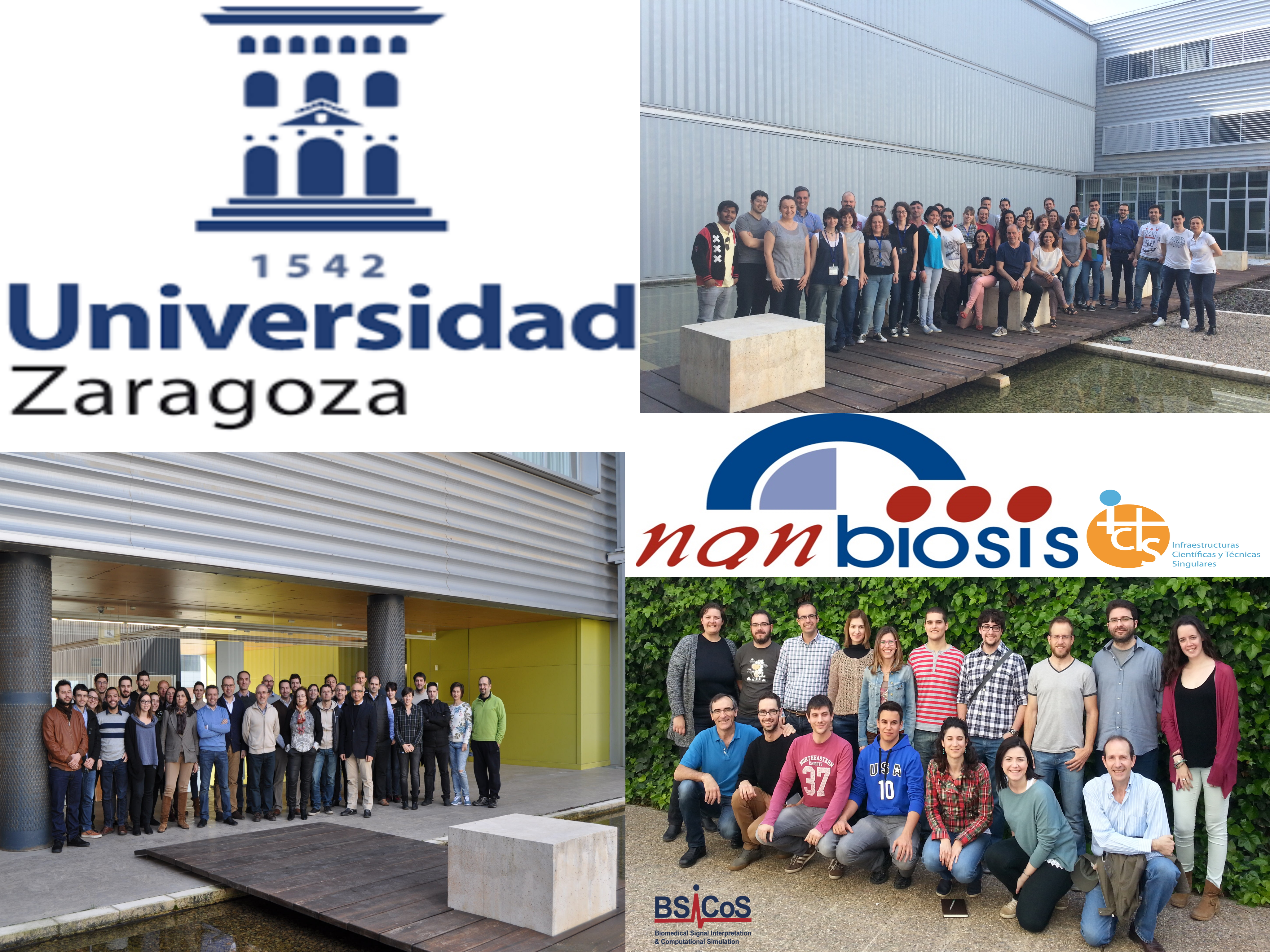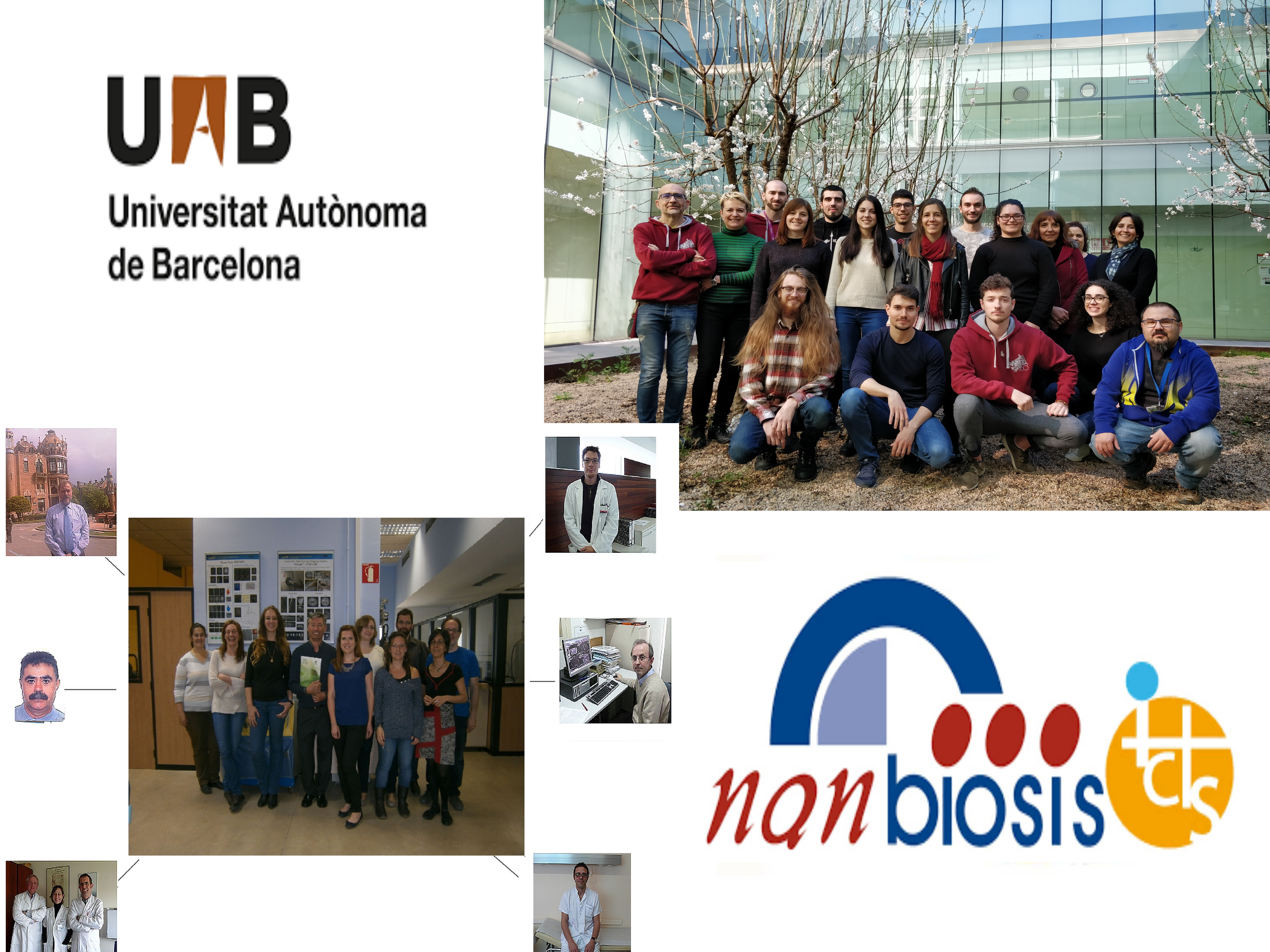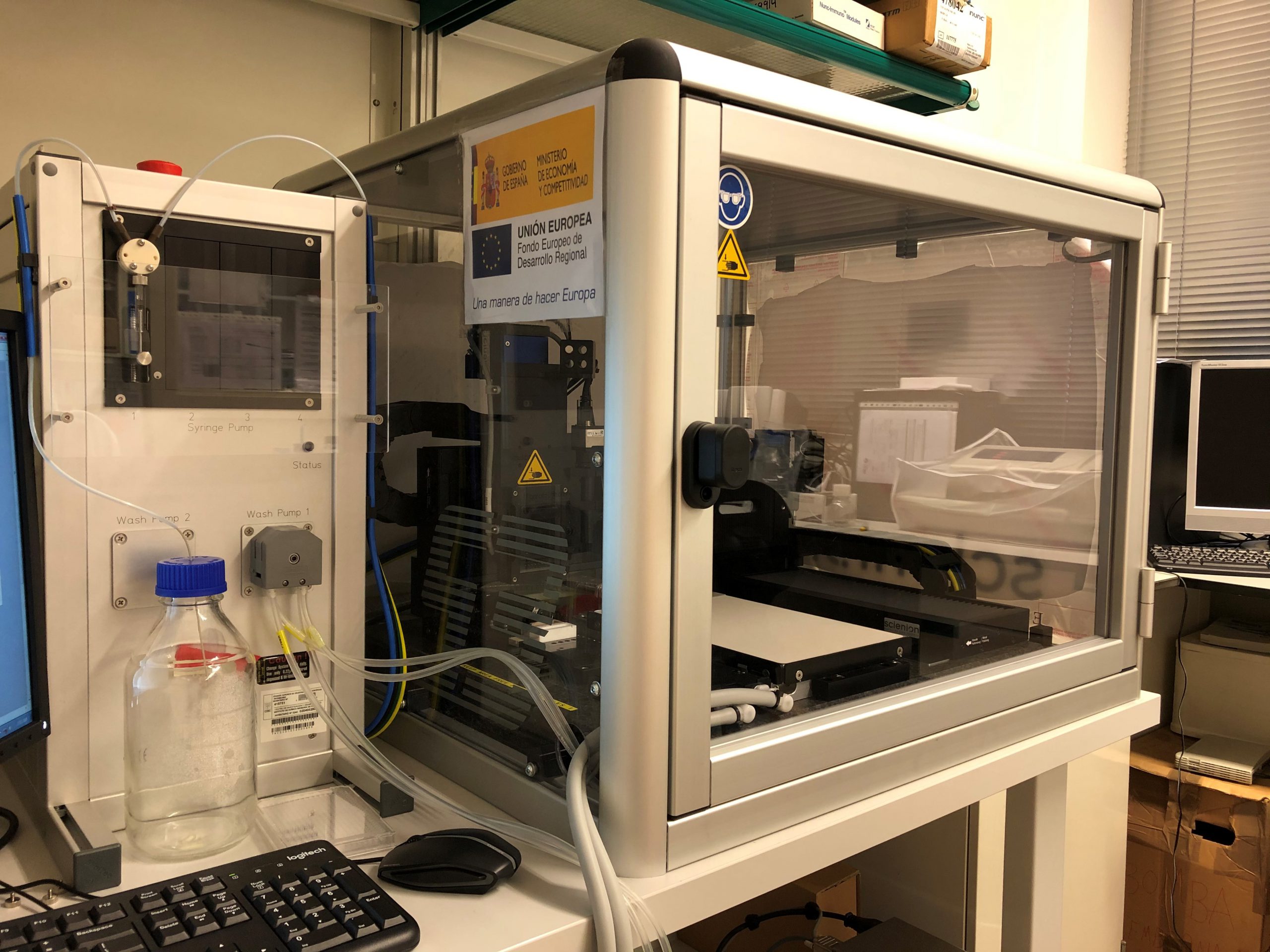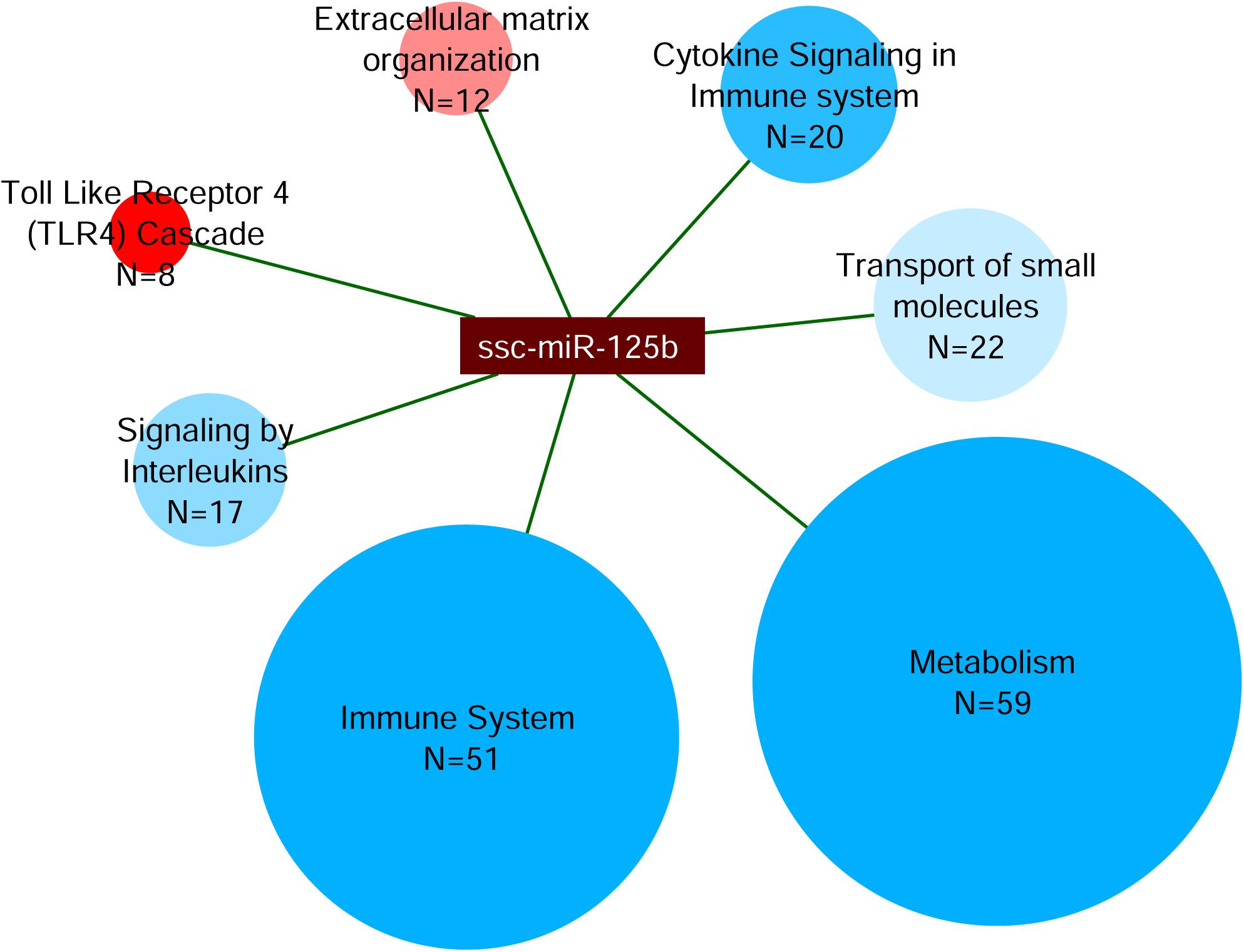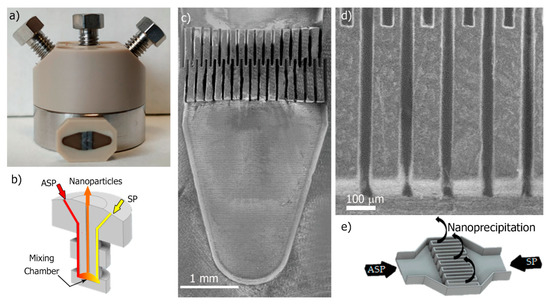CSIC publishes a report that summarizes the scientific knowledge on Covid-19 and the research projects
The Higher Council for Scientific Research (CSIC) has prepared a report that summarizes the most relevant scientific results on the Covid-19 pandemic. The document compiles results of international research and projects in execution of the 300 research groups of the CSIC Global Health Platform.
The report, entitled “A global vision of the Covid-19 pandemic: What we know and what we are investigating from CSIC“, is structured in five blocks: prevention, disease, containment and diagnosis, treatment and vaccines, and global impact.
Researchers of NANBIOSIS-ICTS units and CIBER-BBN at CSIC Centres participate in the researches carryed out and in the report.
This report is a continuously updated document whose versions will be published by CSIC
Source and further information: https://www.csic.es/en/node/1257181
